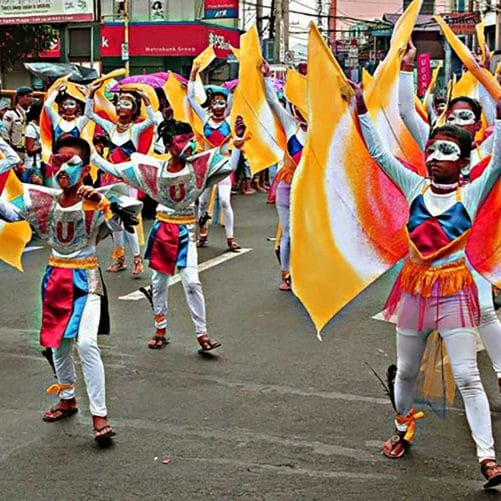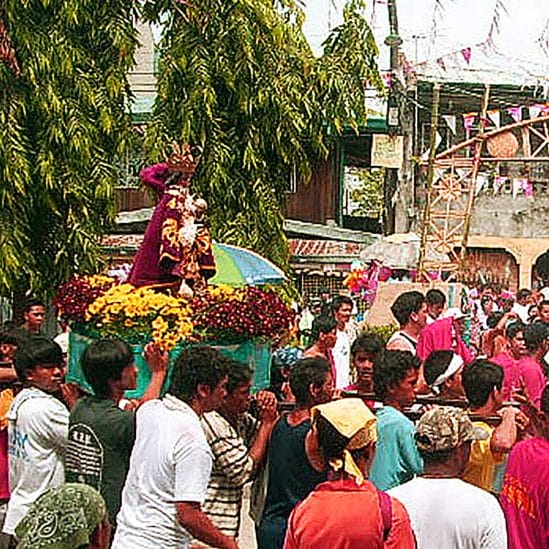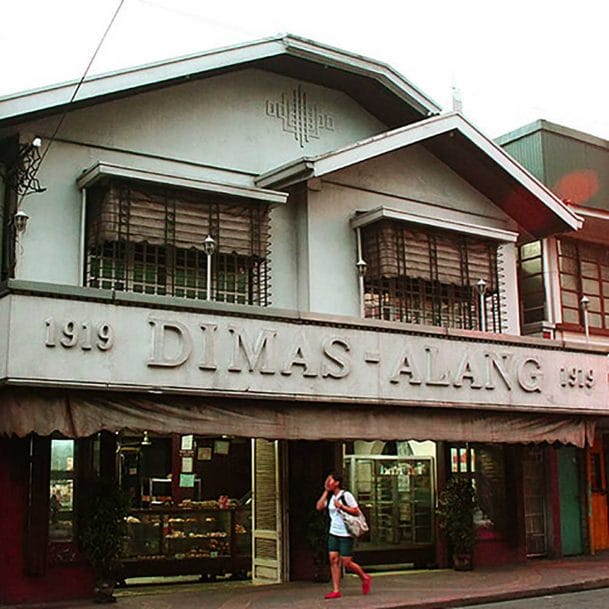To many of the Metro’s morning population, Pasig means driving along C-5 and streets lined up with posh townships, starred hotels and serviced residences, and mammoth offices.
The nightlife is also awake, gleaming with hole-in-the-wall finds, entertainment activities and various dining options, depending on one’s discriminating taste, favored theme and ambiance, and budget.
But there’s more to Pasig than the well-loved characteristics of a city that never sleeps.
Nestled on the southeastern tip of the iconic and thriving river, Pasig has seen the pages of history books, being one of the oldest towns in the country. It was established by the Augustinians in 1572, and stayed as the provincial capital of Rizal until only recently, even after being under the territorial and political jurisdiction of Metro Manila in 1975.
Also in 1572, the first Marian parish in the Philippines was founded by the Augustinian missionaries – the Immaculate Conception Cathedral. The stone church was built in 1700s and has been rated as the oldest structure in Pasig.
Despite fluid changes and rapid economic progress in Pasig City, its countryside charm never fades. From historical churches to mouthwatering cultural icons and festivals, here’s a list of rustic tourist spots and celebrations that balance the city’s modernity and laidback beauty.
Pista ng Pasig
Led by the Immaculate Conception Cathedral’s Parish Pastoral Council, devotees celebrate the Feast of Immaculate Conception every December 8 with Marian concerts and novenario processions.

Bahay na Tisa
This oldest bahay na bato in Pasig was built by Don Cecilio Tech y Cabrera in the early 1850s and has been home to seven generations of the Tech family. Located on P. Gomez St., the ancestral house features walls of huge adobe blocks on the ground floor and heavy hardwood flooring on the second floor. However, the original tisa roof was destroyed during World War II. The windows are still clad with capiz shells.
In February this year, the heritage structure has been declared as an Important Cultural Property of the Philippines.
Araw ng Pasig
Paying homage to the original patroness of the city, Araw ng Pasig has become the most anticipated celebration among Pasigueños. The month-long observance includes the Mutya ng Pasig pageant, Outstanding Pasigueño Awards and a street dance competition. The Feast of the Visitation of Our Lady culminates the event.

Pasig City Museum
Built by business tycoon and former Pasig mayor Don Fortunato Concepcion in 1937, the Concepcion Mansion has witnessed several historical anecdotes. It was used as a Japanese headquarters and detention center during World War II and symbol of the city’s liberation later on.
The city government acquired the mansion in 1980 and has become known as Pasig Library and Museum for two decades. The building was renovated in 2000 and came to be what is now known as Pasig City Museum.

Itik-itik Festival
Since time immemorial, itik (brown mallard) production has been bordering the shores of Laguna de Bay and parts of the Pasig River. Being surrounded by the river and close to Pateros, the Balut Capital of the Philippines, Barangay Kalawaan in Pasig has had its own Itik-itik Festival, which features the famous Itik-itik folk dance and highlights Saint Martha, the patroness of duck raisers.

Panaderia Dimas-alang
Since 1919, the bakery that shares National Hero Jose Rizal’s pseudonym has been serving one of the well-loved pandesal and ensaymada in Pasig. More recent favorites are the aglipay, bonete, biscocho de cana and the “di ko akalain.” This house of breads in what used to be a small provincial sitio remains old-fashioned, which only makes it more cherished by generations.
The Lozadas, who own and manage the bakery, is a family of artists and musicians, including the internationally acclaimed violinist Carmencita Lozada.

